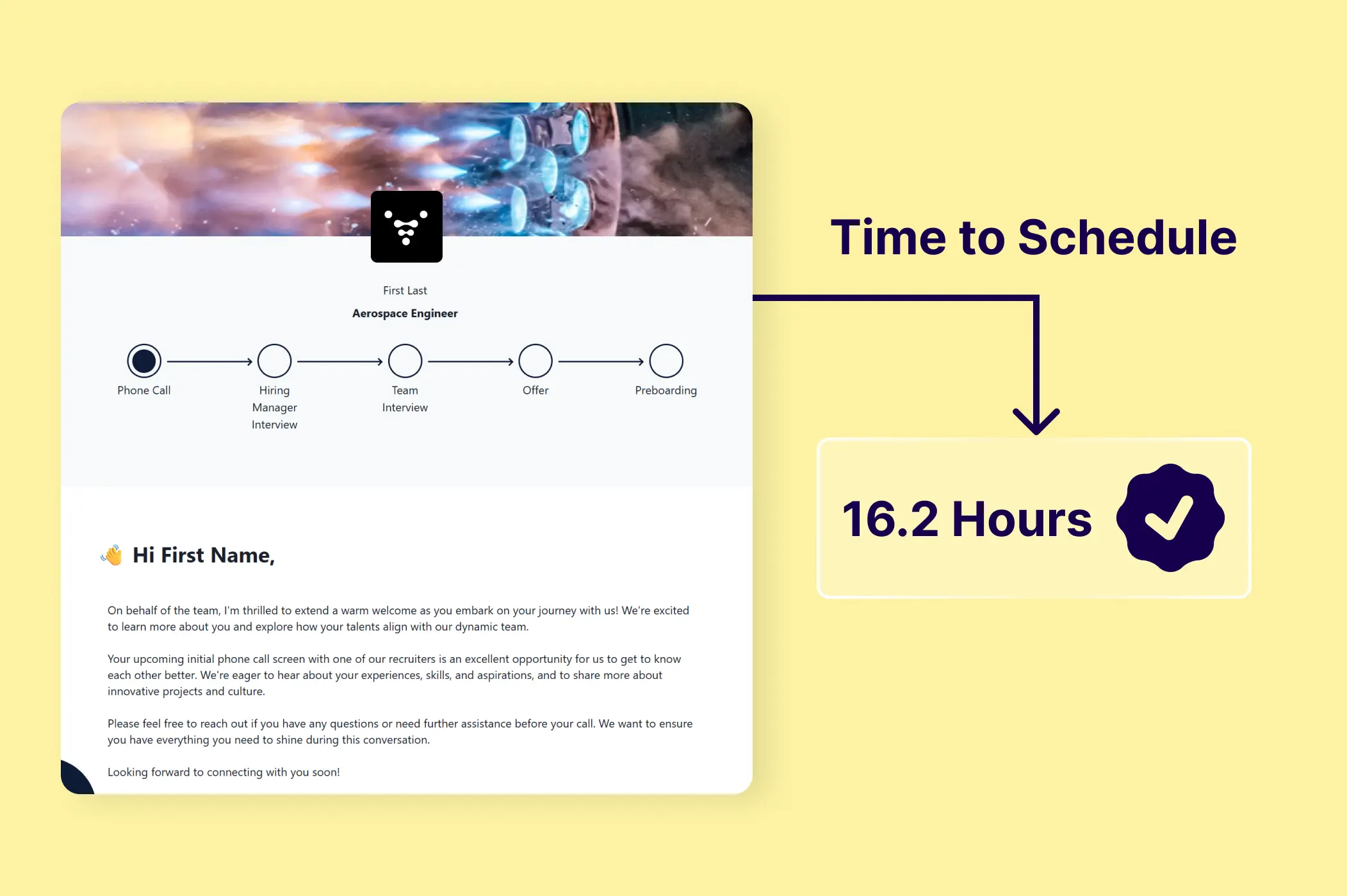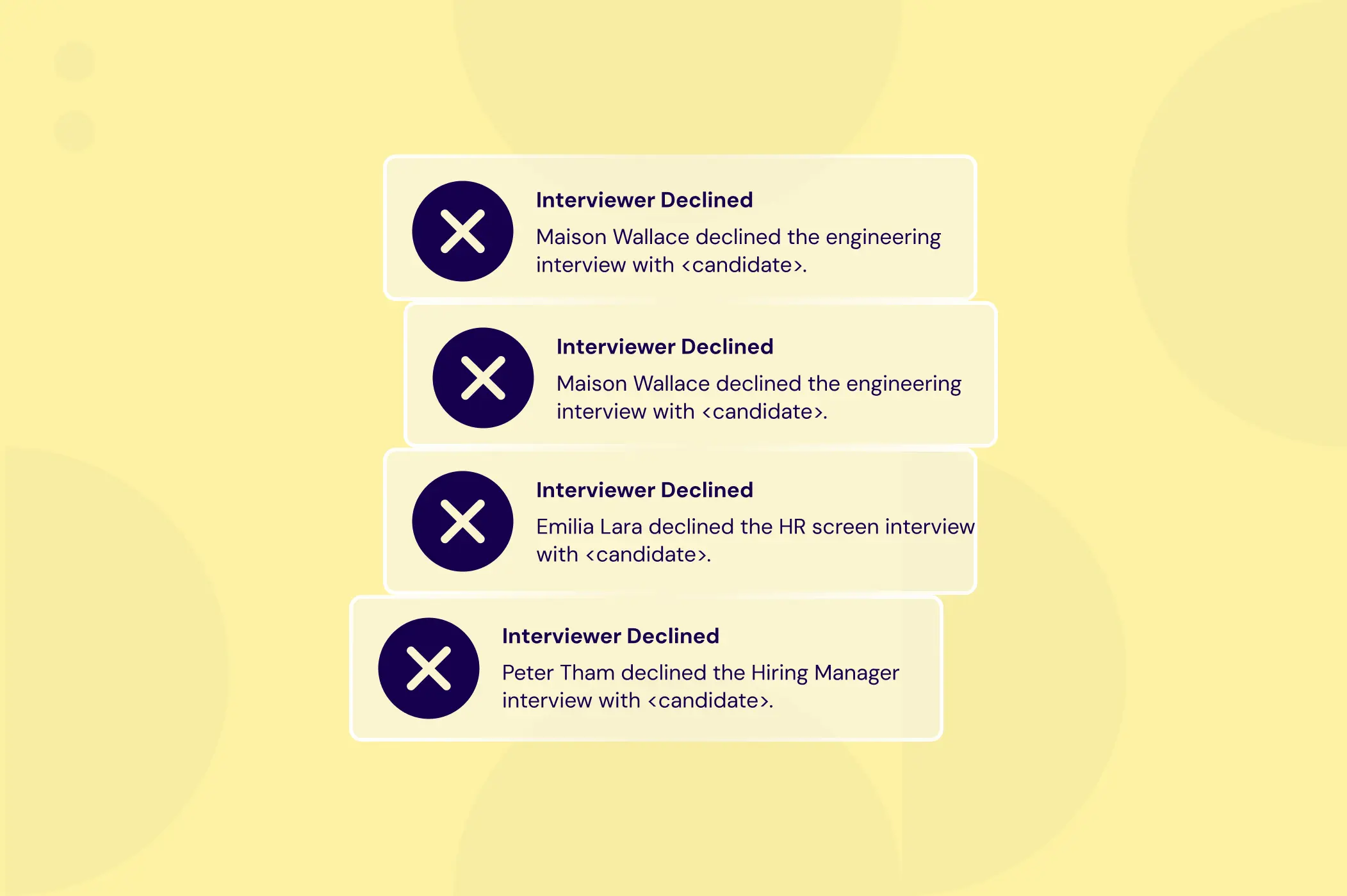Elevating Success: The Strategic Impact of Recruiting at the Executive Table

Let's start with the main question. Is having a ‘seat at the table’ important for Talent Acquisition?
As a Recruiting Leader who has operated at the highest levels of several major global brands with an outsized impact on outcomes, the single most important function of my role has been as the conduit between business goals and Recruiting outcomes. Focusing my time on building the bridge between the two has unlocked our ability as a function to execute strategically and educate effectively. Done right, there is no gap between where the business ends and Recruiting begins.
Why?
All functions of a business need to have a two-way conversation. This includes sharing in decision-making, visibility of roadmaps, operational gap exercises, discussing trade-offs, and generally seeking to align each function's end goals to the broader company goals. Without built-in operational check and balance mechanisms, each function will naturally operate in its silo, seeking to achieve its own goals, which often leads to misaligned objectives and outcomes.
Talent Acquisition is a particularly unique function of any business (especially one in growth mode) in that, almost all business decisions made, goals set and budgets allotted have a direct impact on what Recruiting delivers, when they deliver it, where, and in what ways. If any one of the upstream operational decisions is not properly communicated with or consulted on by Recruiting, the outcome at the end of the line can end up far off track from where it was intended.
Let’s look at perhaps the most important business process as one example to showcase why Recruiting is so important to have in the conversation.
Workforce Planning: The process of analyzing, forecasting, and planning workforce supply and demand, assessing gaps, and determining target talent management interventions to ensure that an organization has the right people - with the right skills in the right places at the right time.

When managed effectively, a workforce planning process would include functional heads of each business vertical, HR partners, finance partners, recruiting partners, operational partners, and more downstream teams. The process itself serves to deliver clear headcount plans for the upcoming year or years; business goals and prioritization; and budget alignment for each function.
The process of workforce planning requires a recruiting representative to proactively present both business goals as well as to inform partners and business leaders on areas where blind spots may emerge that ultimately impact the ability to deliver on potential hiring plans. Common examples are hiring volume and recruiting resourcing; Level of roles needed based on business goals (heavier campus, exec, or industry); External hiring vs. Internal hiring based on budget and business growth objectives; recruiting capacity (team size) planning; Talent market insights informing desired geographical expansion; talent branding strategy and more.

The benefit…
As the visual shows, each downstream phase in the build and execution of an effective talent team and the delivery model starts with understanding the business's goals and objectives. The more entrenched the talent function and leadership are with the business functions and their leaders, the more aligned, proactive, and ultimately effective a talent delivery model can and likely will be.
What good looks like…

Credit: The Josh Bersin Company
- Trust: This is a bit of chicken and egg, which comes first? The reality is, in Recruiting, trust is most often achieved from delivery. However, effective delivery is also most often a straight line from knowledge, information, and plans. When you have both, you build trust.
- Proactive vs. Reactive: Every Recruiter and Leaders ultimate goal is to create and execute a strategy (could be a single req or the org strategy) from a proactive position. When Recruiting and business functions partner effectively, conversations are two-way with decisions almost always being two-way as well. Very rarely do effective partnerships consist of one-way decision-making with a one-way conversation. Inform, educate, adjust, execute, repeat.
- Checks & Balances: An effective talent strategy and business partnership are both written in words and shown through analytics. What we commit to should be clear, aligned to business outcomes, and measurable. When done right, there are regular milestones built into the plan and review checkpoints to showcase progress and hold accountability. In each, an overview of the plan, the goals, the current delivery vs. plan, and opportunities for improvement are built-in guardrails.
- Curiosity & Questions: My barometer in past roles to measure where I stand with my partners has been to ask myself: How often are they asking my thoughts and opinions vs. telling me theirs? When your partners proactively (there’s that word again) ask you to attend a strategy meeting or ask you how a decision they’re considering making would impact recruiting, that’s when you know trust has been achieved. You must use this to your advantage.
- Career Advancement: Although it shouldn’t be your first goal as a Talent Leader, effectively building a talent strategy, team, and partnerships often leads to career advancement as a result of delivery, relationships, and more broader set of skills to deploy with greater organizational impact.
Unlock the Future of Recruiting— Book a Demo Today!

Why it’s important…
Customer and candidate outcomes are directly and quantifiably correlated to talent strategy. The more comprehensive the strategy and the more rooted around the customer, the more impactful the outcomes will be for said customer/s. As is shown by The Josh Bersin Company visual below, a strategy founded on people produces better business, brand, and employee retention results.

Credit: The Josh Bersin Company
How to get there…

What good or even great looks like is represented by levels 3 and 4 of the Talent Maturity model above. However, many companies and their TA functions find themselves stuck in phase 1 or 2 of the TA Maturity Model. Being seen as an overhead cost center, reactive with a desire to do more meaningful work and be brought into conversations earlier on.
Leveling Up:
- Know Your Business: This one seems obvious, but it often isn’t focused on. It’s not enough to understand TA and to understand your team. To build a strategy that fits the problem set, you must first understand your customer (the business). Once you understand your company's products, then you must educate yourself on the business. Product/Project roadmaps, financial, long-range plans (LRP’s), strategic initiative, culture tenets. All of it. Once you understand these elements, you can better understand how to build your strategy around that of the companies and you’ll have common ground with your partners to build upon.
- Understand data: Do you want to build credibility as a leader for your team? You must understand how your function impacts a business through the lens of KPIs. If you can show your partners where hiring is falling short, what good looks like, and how to consistently measure TA trends you will chip away at skepticism and show other leaders new ways of seeing the importance of recruiting to the business's bottom line.
- Build Relationships: As a top-level TA Leader, especially early on in your tenure, it is vital to establish regular meetings with other functional leaders to democratize your brand, and your plan and build advocates for you and your team across the organization. By doing this, you will organically come to know important information without having to be ‘in the room’ and you will enable more opportunities to land a budget for tooling, headcount, and other resources. Your HR and FP&A partners can be your best friend.
- Communicate: As the leader of your TA team, it is essential to enlist the expertise of your team. You do yourself and your organization no favors by holding information close to the proverbial vest. Enlist their ideas early and as often as needed. By doing this, you’ll come to a faster, more well-rounded strategy that your team is already bought into because they helped build it.
Note: Once your strategy is complete, you share it up, down, and across your partner organizations to achieve the next layer of visibility and buy-in. You’ll need partnership buy-in to properly execute your plan.
Conclusion:
The importance of having the right people in the room when decisions with broad sweeping impacts are made is critical in any business. When your business’s success is largely dependent on human capital growth, it becomes exponentially more important to have the leaders for your people organization in the room. When done right, it can save you millions of dollars in hiring costs, help you avoid unnecessary thrash in your roadmap as we have seen in recent years, and tie realistic hiring goals to budget can help avoid all that comes with laying off employees.
As the top-level Recruiting Leader is that once you’ve earned the seat at the table, you’re not ‘made it’. It’s quite the opposite, you’re just getting started. As the role of People Leaders evolves with the market, the way we operate as a function will continue to shift, it is increasingly important to have a voice and bring the expertise of Recruiting into the conversation.
Credit to Scott Shay for the inspiration to write about the importance of strategic partnerships in Talent Acquisition


.webp)








